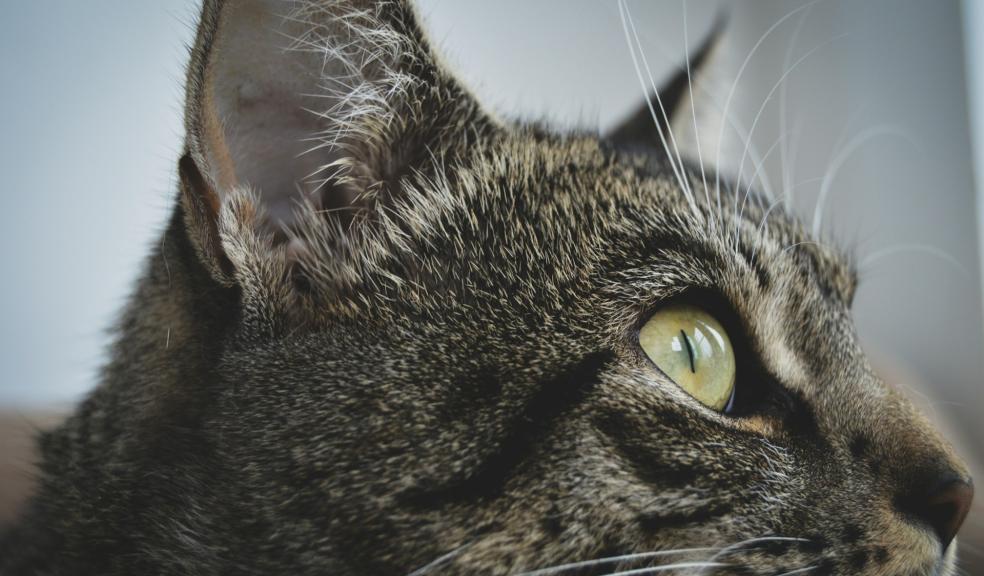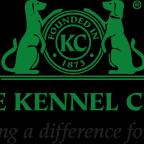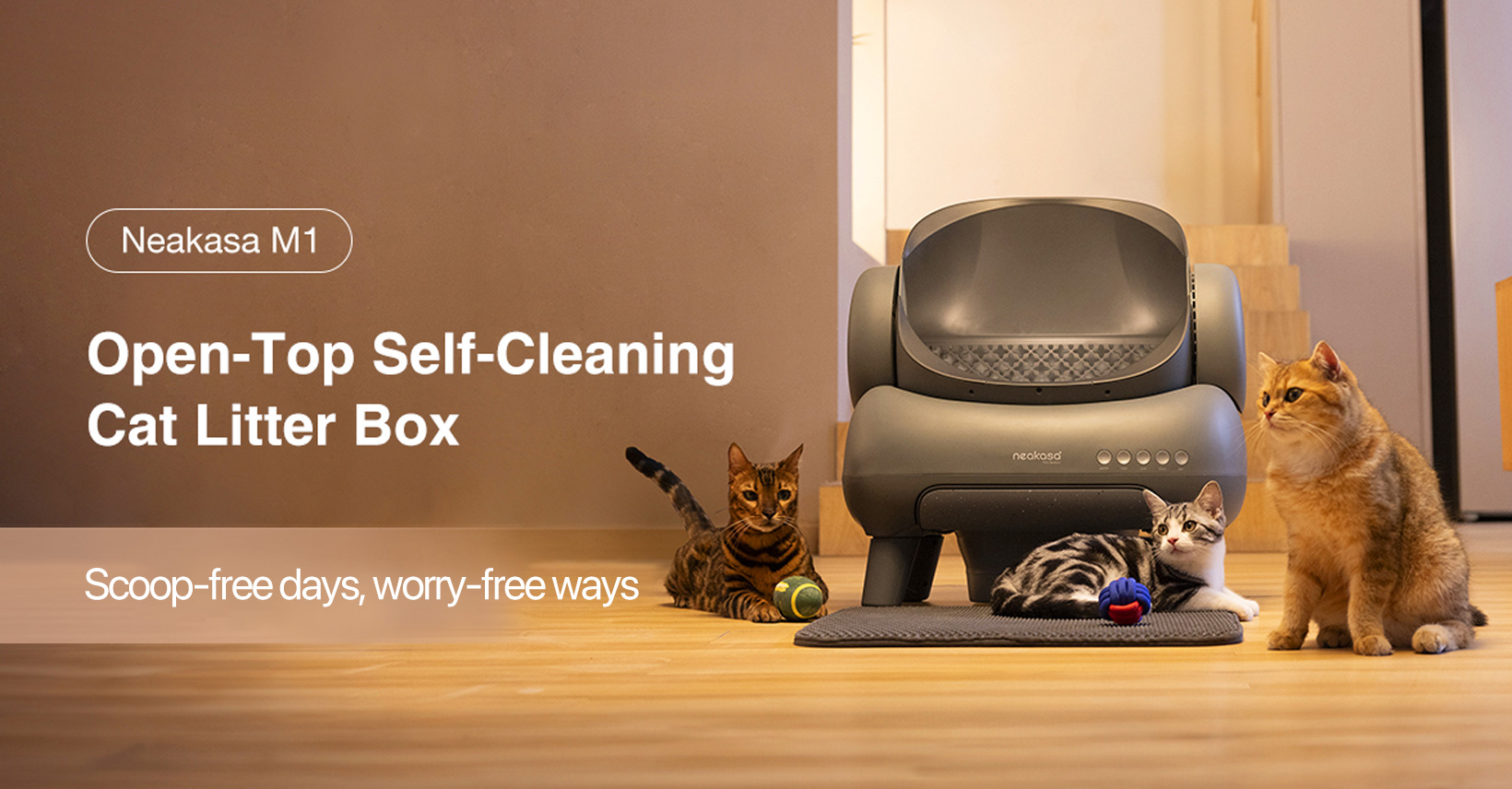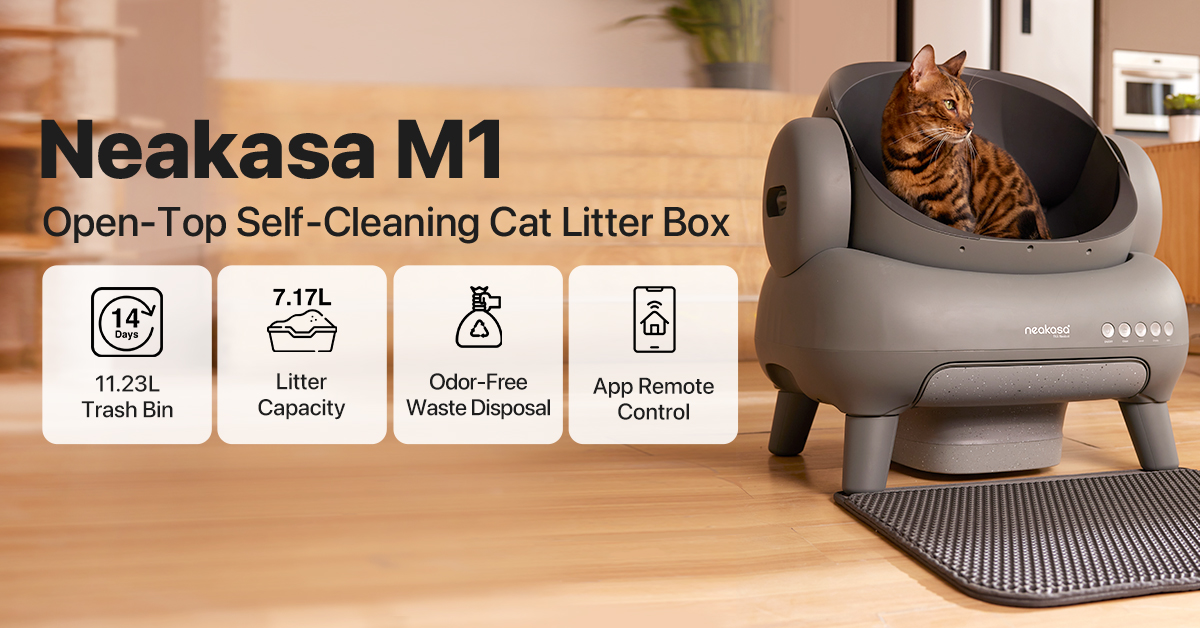
How to Create Artwork of Your Pets: A Guide to Lino Printing Techniques
Creating art of pets can be a fulfilling and enjoyable process. With the right affordable lino cutting tools for beginners and technique of lino printing, anyone can bring their beloved animals to life on paper.
Lino printing allows artists to express their love for their pets through unique and personal artwork.
To get started, one needs some basic tools and a clear idea of the design.
From sketching their favourite moments with their pets to carving the lino, each step encourages creativity. The printing process itself is straightforward, enabling artists to see their designs transform into prints they can cherish or share with others.
With personalisation at its core, this art form not only captures the essence of pets but also serves as a wonderful way to celebrate their companionship. The journey from design to finished print can become a treasured memory itself.
Key Takeaways
- Lino printing is an excellent way to create personalised art of pets.
- The printing process involves simple steps from design to final print.
- Sharing the artwork can enhance the experience of pet ownership.
Getting Started with Lino Printing
Lino printing is an engaging way to create artwork, including pieces featuring beloved pets. This section covers the essential elements to begin the process, including understanding the techniques, gathering materials, and setting up an efficient workspace.
Understanding the Basics
Lino printing involves carving a design into a linoleum block, inking the surface, and transferring the image onto paper or fabric.
The primary tools include carving tools for shaping the lino and a brayer for applying ink. The process starts with sketching a design, which can then be transferred to the lino.
Carving the lino should be approached with care. Beginners often start with simpler images, gradually working up to more intricate designs. Each cut removes material, so the design appears in reverse when printed. Proper technique helps produce clear prints without excessive ink.
Materials Needed for Lino Printing
To start lino printing, several materials are necessary. Essential items include:
- Lino block: The surface to carve into.
- Carving tools: Often called gouges, these come in various shapes for different cuts.
- Printing ink: Special inks for linocut work, available in various colours.
- Brayer: A roller for distributing ink evenly over the lino.
- Paper or fabric: The final medium where the print will be applied.
- Cutting mat: To protect surfaces while carving.
Beginners might find it convenient to purchase a complete lino printing kit, which typically includes all necessary items.
Preparing Your Workspace
A tidy and well-organised workspace is crucial for effective lino printing.
Choose a flat, sturdy surface to work on, like a table. Lay down a cutting mat to protect the surface and keep tools from slipping.
Set out all materials within easy reach. This includes the lino block, carving tools, printing ink, brayer, and paper. Prepare a clean-up area with water and cloths for easy removal of excess ink and for cleaning tools.
Proper lighting is also essential, allowing for detailed visibility while carving and printing. A dedicated workstation will help maintain focus and streamline the printing process.
Designing Your Lino Print
Creating a successful lino print begins with a thoughtful design process. This involves forming a concept, ensuring the design transfers accurately to the lino, and then carving it effectively. Each step contributes to the final artwork’s quality and appeal.
Creating Your Artwork Concept
The first step in designing a lino print is to develop a strong concept. You can draw inspiration from your pet's unique features or even famous artists like Pablo Picasso and Henri Matisse. Observing your pet’s personality and characteristics can guide the design.
Initial sketches can be created using a pencil on paper. These sketches will help refine ideas before transferring them to the lino.
Focus on bold lines and shapes, as these will translate better in the final print. Once satisfied, you can use tracing paper or carbon paper to prepare the final design for transfer.
Transferring Design to Lino
Transferring the design onto the lino is a crucial step. You must ensure that the image is mirrored, especially if text is involved, as the final print will appear reversed.
To begin, place the tracing or carbon paper over the lino block. Then, trace the lines firmly, as this will imprint the design onto the lino. This step is vital since any mistakes at this stage will carry over into the carving process.
Once the design is transferred, take a moment to review it for any necessary adjustments. The design should be clear and distinguishable, laying the groundwork for the carving step.
Carving the Lino Block
Now comes the carving of the lino block. Using a well-maintained carving tool, you must carefully follow the outlined design.
Work slowly to ensure precision on each cut. You can remove excess areas around the design to create depth and texture in the print.
To create variations in texture, different tools can be employed. Some tools will offer a fine line, while others will create broader areas. Experimenting during the carving process can yield interesting results and enhance the final print's visual appeal.
As you carve, make sure to periodically check the design to ensure it maintains its integrity. Effective carving will make a significant difference in the final output of the print.
The Printing Process
The printing process in lino printing involves preparing the lino block, applying ink, and finally transferring the design onto paper. Each step requires attention to detail to achieve a quality print of pet artwork.
Inking the Lino Block
To begin, choosing the right ink is essential. Artists can opt for water-based ink or oil-based ink.
Water-based inks are easier to clean and dry quicker, while oil-based inks provide richer colours but require more upkeep.
Using a roller helps distribute the ink evenly over the lino surface. First, squeeze a small amount of ink onto a flat surface like glass or a palette. Then, roll the ink back and forth until it becomes smooth and even.
Coat the lino block with a thin layer of ink. Ensure that every carved area is covered but avoid too much excess. If there are puddles, they can cause smudges on the final print. A well-inked block sets the foundation for the artwork transfer.
Hand Printing Techniques
Hand printing is a popular method for linocuts and can produce unique results. The key is to apply even pressure while transferring the inked design to paper.
To do this, position the paper over the inked block carefully. A baren can be used to press down evenly. Use circular motions, applying firm but gentle pressure to cover the design completely.
Another technique is to use the palm of the hand. This allows for direct contact with the block and can create a more personalised feel. Regardless of the method, patience is vital, as the quality of the print relies on the pressure applied.
Using a Printing Press
For those seeking a more professional finish, a printing press can be beneficial. This tool affords consistent pressure throughout the printing process, yielding cleaner images.
Prepare the block by inking it as described earlier. Then, lay the inked block face up on the press bed. Place the paper directly on top of the block.
Adjust the pressure settings according to the paper type and ink used. Once set, engage the press handle to apply firm pressure.
This method ensures that the entire surface adheres to the paper, providing a crisp print. After retracting the paper, reveal the artwork and assess the results, bearing in mind that adjustments may be needed based on initial prints.
Finishing and Sharing Your Artwork
Once the lino printing is complete, the next steps are preparing the prints for display and sharing them effectively. These steps enhance the appeal and reach of the artwork, encouraging appreciation and engagement.
Preparing Prints for Display
Preparing prints is essential for presenting artwork in its best light. First, allow the prints to dry completely. This can take several hours, depending on the ink used.
Once dry, consider trimming the edges for a clean look. Mounting the prints on quality backing, such as foam board or mat board, adds sturdiness. This also gives a professional finish.
Using frames is another option, as they protect from dust and damage while enhancing the presentation.
Additionally, consider creating greeting cards from the prints. This not only showcases artistic expression but also offers a unique way to share artwork with friends and family. Custom printed cards can be an excellent way for artists to blend creativity with practicality.
Showcasing Art on Social Media
Social media serves as a powerful platform for sharing linocut artwork. Artists can post images of their finished prints, allowing followers to appreciate the details and colours.
High-quality photographs are key to attracting attention; natural lighting often works best.
Engagement can be increased by using relevant hashtags, such as #LinoPrint or #Artwork, and by sharing the creative process through stories or videos. This transparency invites the audience into the artist's world and fosters a connection.
Posting regularly and interacting with followers can boost visibility. Artists may also consider participating in online art challenges or exhibitions. This not only showcases their work but also contributes to community within the art world.
Frequently Asked Questions
This section addresses common questions about creating linocut prints of pets. It covers the necessary steps and materials, as well as techniques specific to linoleum printing.
What steps are required to transform a pet photograph into a linocut print?
To begin, select a clear photograph of the pet. Next, simplify the image by focusing on key features and removing any distractions. Then, sketch the design on paper before transferring it to linoleum.
Can you describe the process involved in crafting linocut art?
The crafting process begins with preparing the linoleum surface. Artists transfer their sketch onto the linoleum, followed by carving out the areas they wish to remain uninked. Once carved, ink is applied, and the print is made using pressure.
What essential techniques should one master for successful linoleum printing?
Key techniques include carving with precision, controlling ink application, and applying even pressure during printing. Mastery of these skills leads to clearer prints and better images of pets.
How does one transfer a pet's image onto linoleum for printing?
The transfer can be done by tracing the image directly onto the linoleum with carbon paper or by drawing lightly with a pencil. It is essential to keep the design clear and simple for the best results.
What materials do I need to begin creating a linocut of my pet?
Essential materials include linoleum blocks, carving tools, ink, a brayer for inking, paper for printing, and a flat surface for working. Additional items like a baren can help with pressing the print.
What are the best practices for inking and pressing a linocut to achieve high-quality results?
Best practices involve spreading the ink evenly on a flat surface before applying it to the linoleum. When pressing, use consistent and firm pressure to ensure a clean transfer of the image onto the paper.












